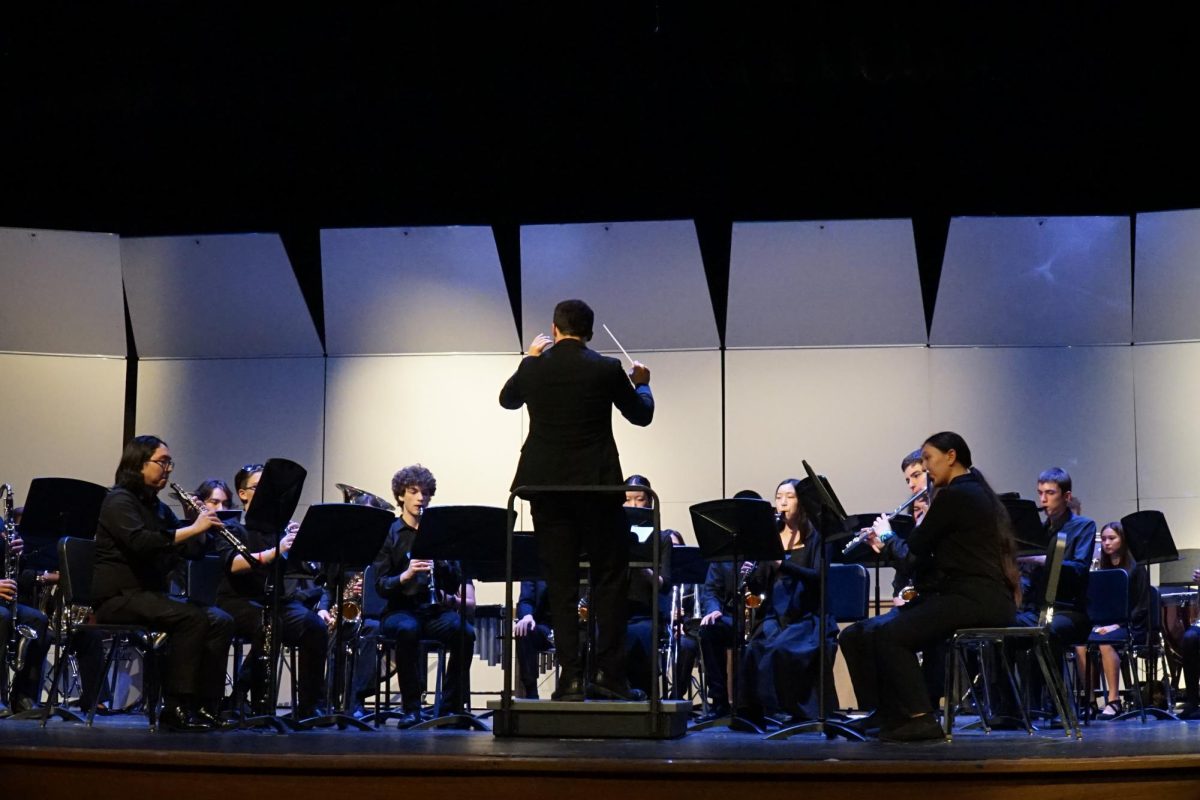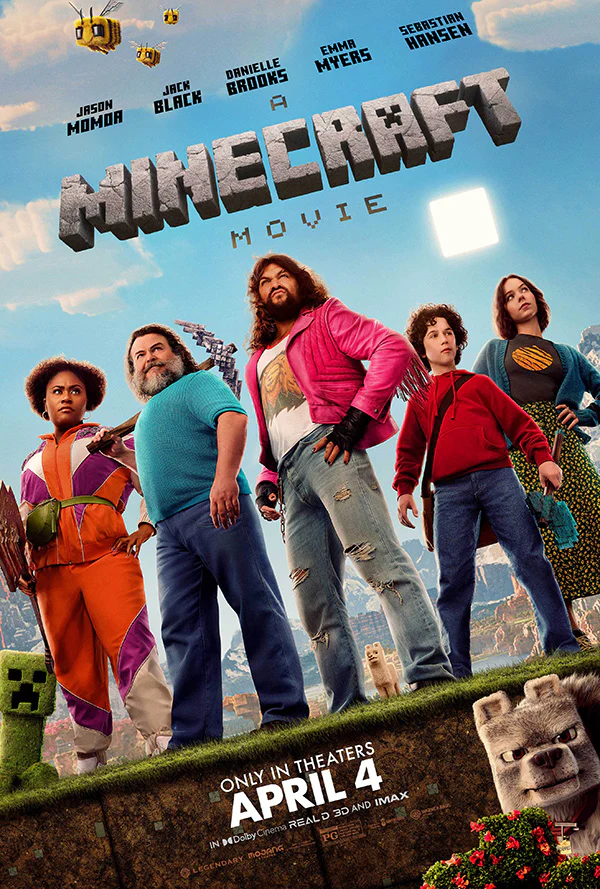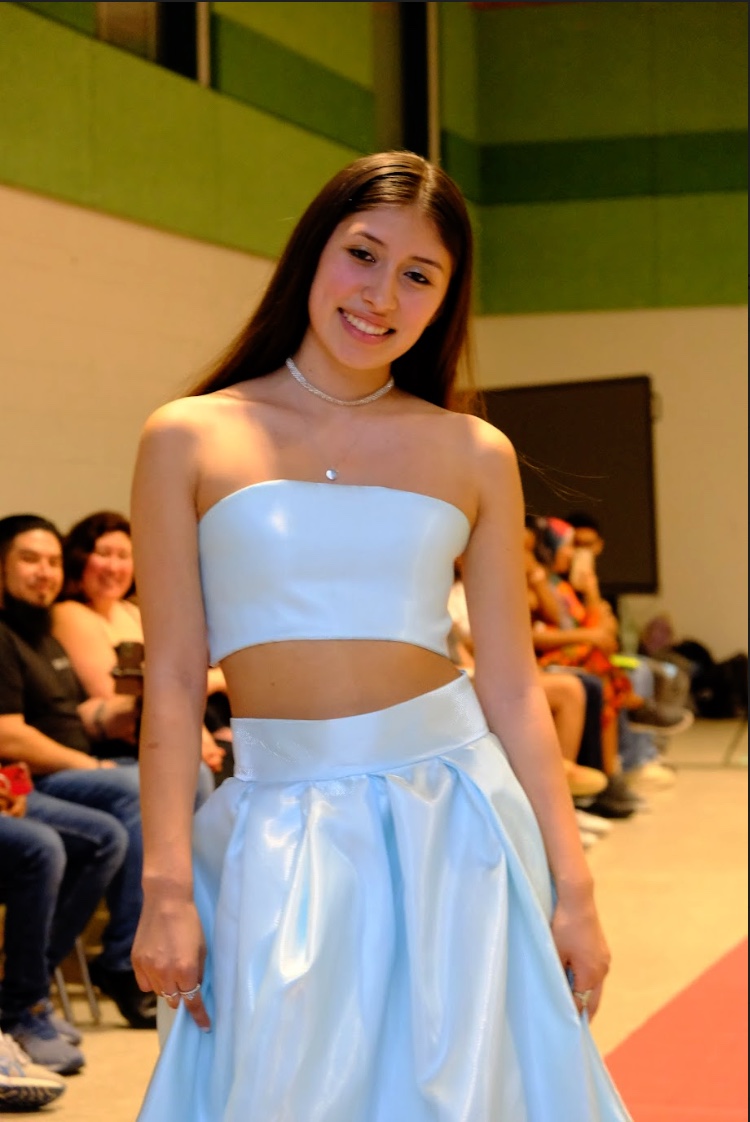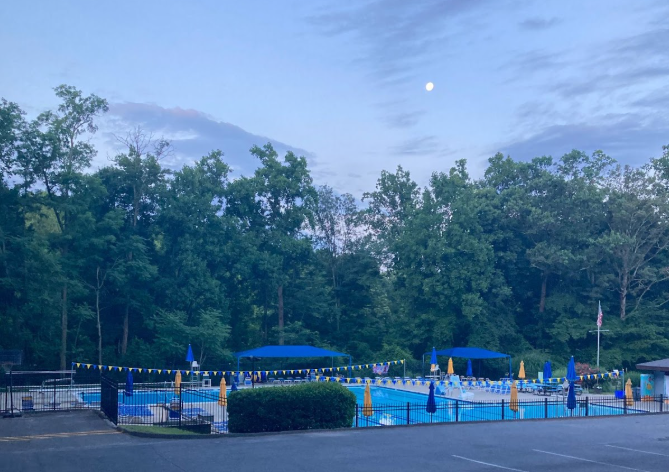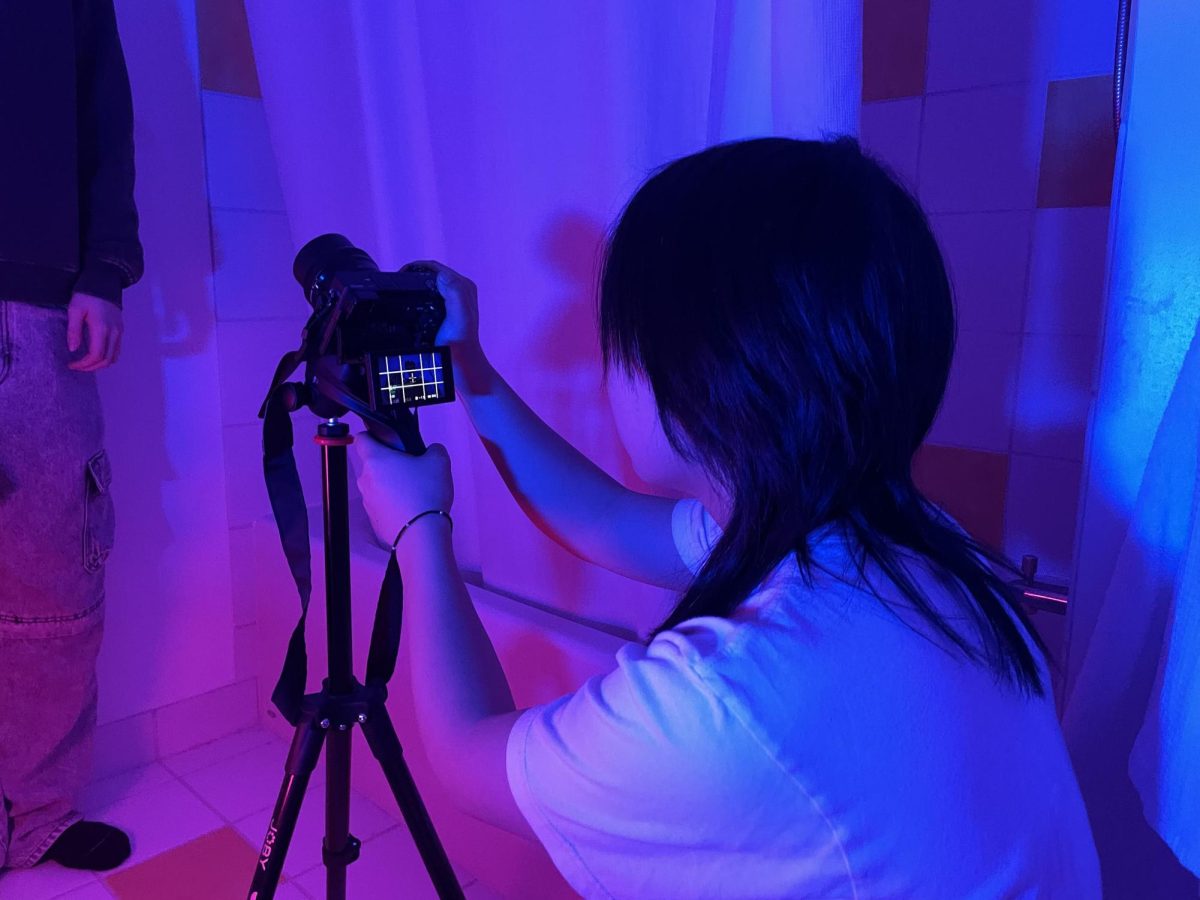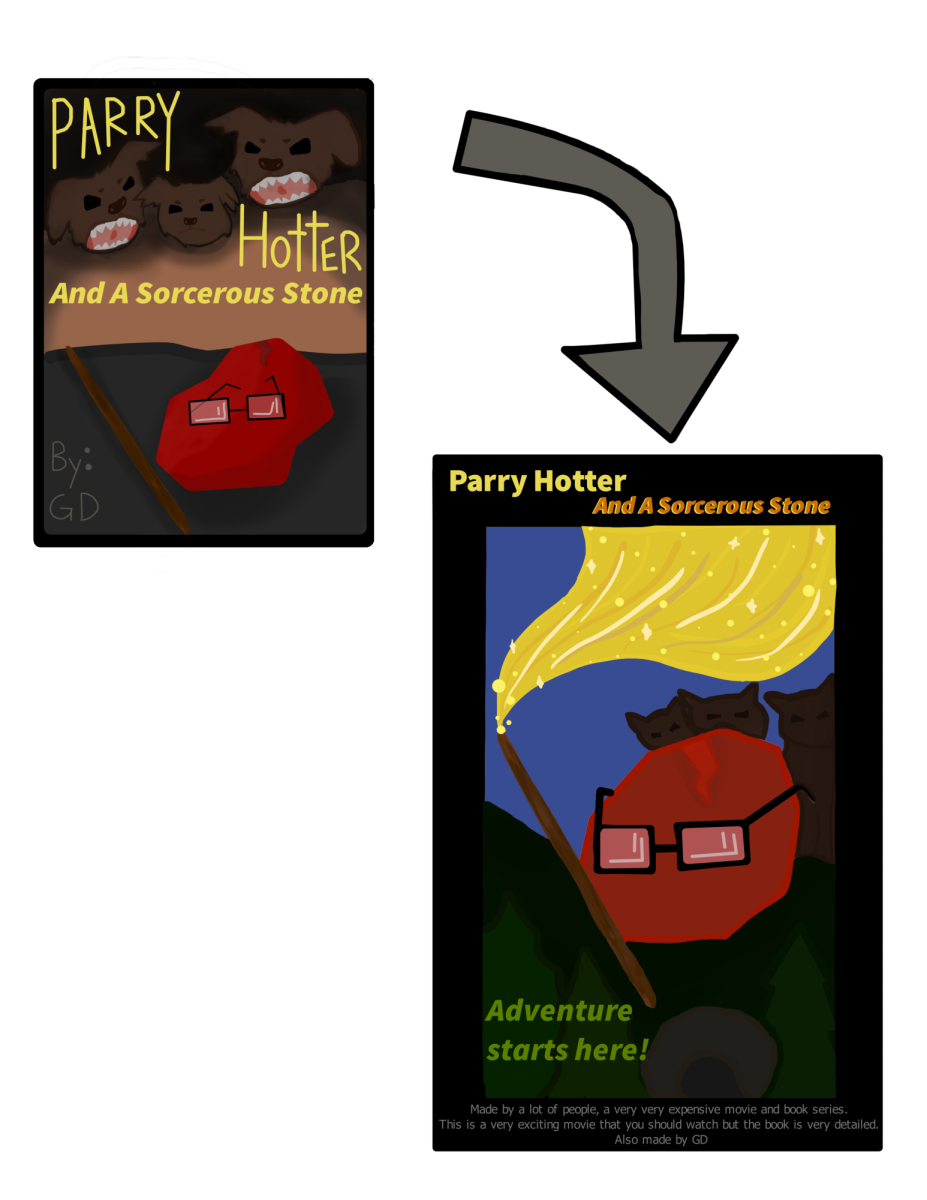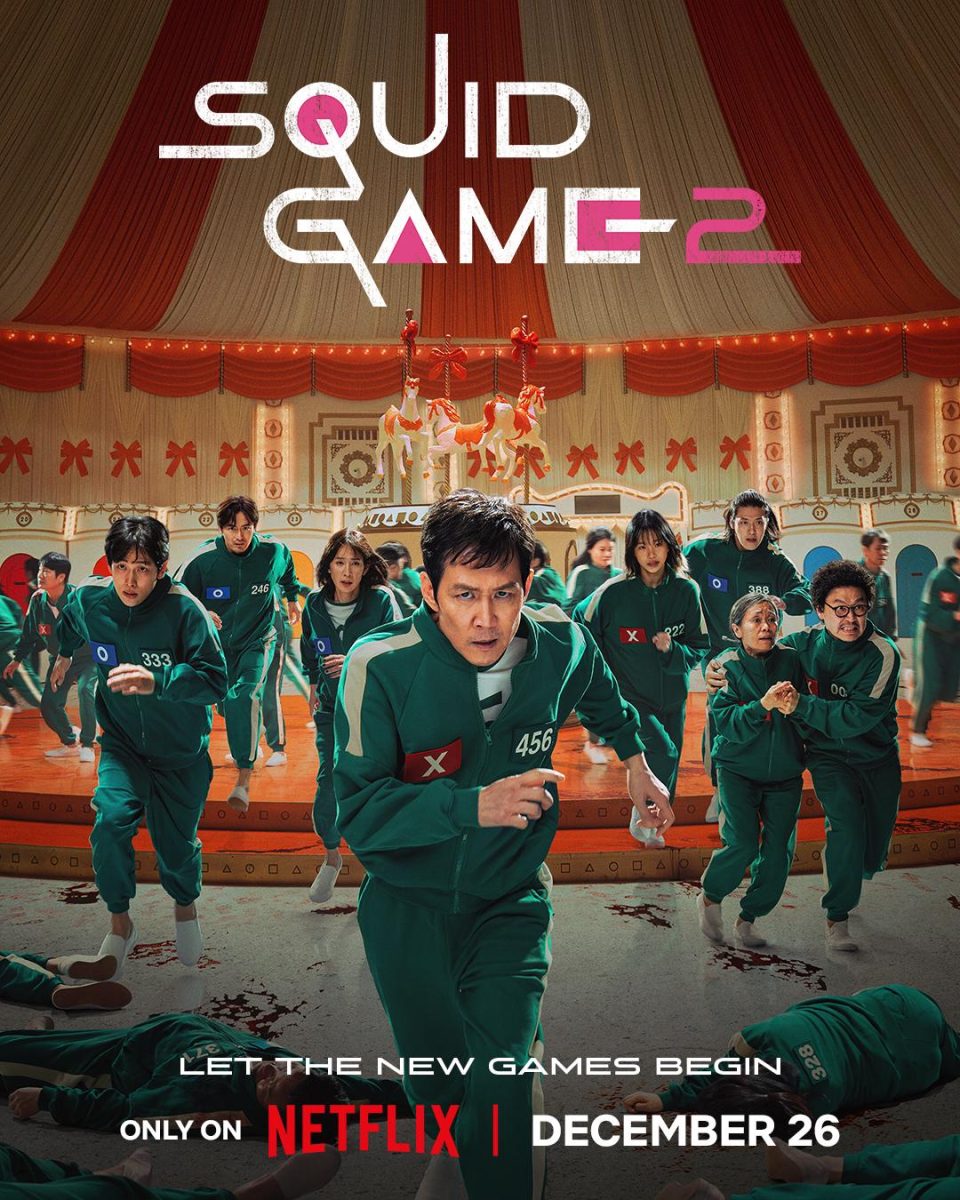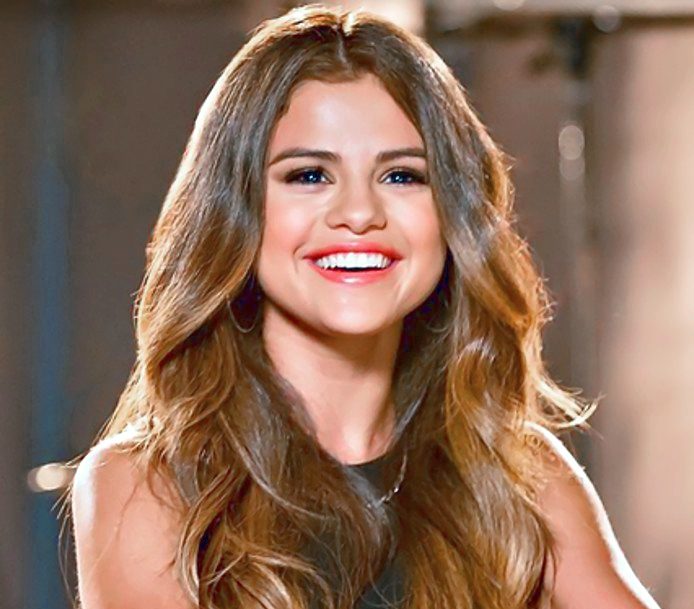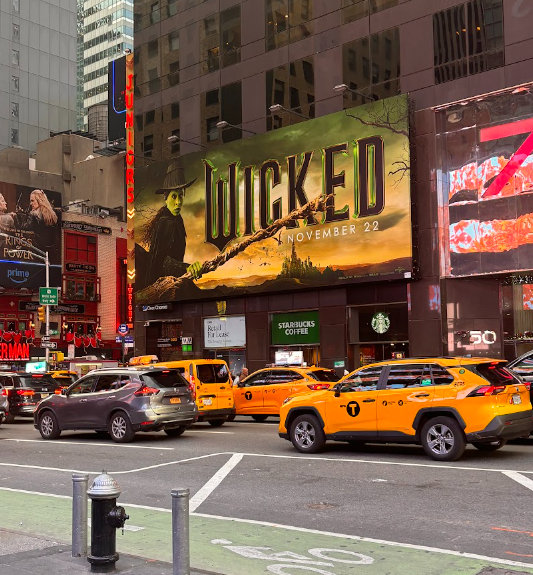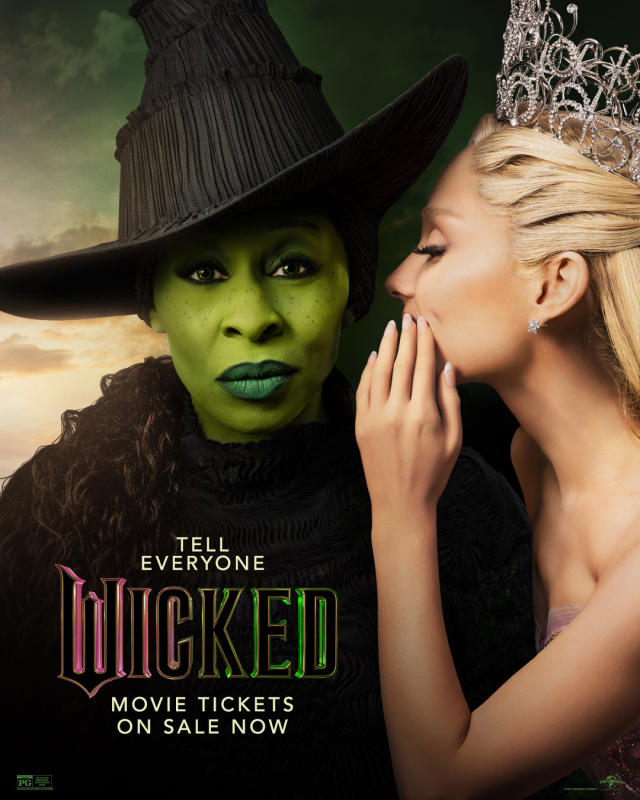Who runs the world? Beyoncé. On Dec. 1, Queen Bey released her movie, “Renaissance: A Film by Beyoncé,” leaving the BeyHive in shambles.
Contrary to popular belief, this film was similar to a documentary rather than the sole concert film we got in “The Eras Tour” Movie. Instead, Beyoncé portrayed the different components of the concert, from stage design to curating a setlist. It became apparent why this tour took four years for Beyoncé to design.
The movie often jumped between the concert and the moments leading up to it. The audience saw Beyoncé in action as she dictated how the lighting should look and when she should change outfits. She is a feminist icon and the embodiment of black pride as she demonstrated the doubt women face and the apparent disrespect she experienced as she designed her concert. She explained that she felt like, as a woman of color, there was a significant discrepancy between the respect she deserved and the respect she got. With the scenes shown in the movie, it was evident that she was correct. People would attempt to bend her rules, and she constantly repeated herself as they missed deadlines and worked to make excuses for their shortcomings.
Some scenes included the challenges Beyoncé faced with balance as she works to be a mother and a performer. They had snippets from her life touring as her kids were filmed sleeping on the airplane or running around her dressing room. Seeing a side of Beyoncé’s life often hidden from the media was heartwarming. The story of Beyoncé’s daughter, Blue Ivy, has the audience Crazy In Love, as it explains the story behind her participation in the choreography.
Blue Ivy, Beyoncé’s 11-year-old daughter, was supposed to go on tour with her for one show. However, after facing backlash from the press, Blue Ivy decided to practice the choreography more to prove her haters wrong. So, with much debate, Beyoncé allowed her daughter to remain on tour with her, and by the last show, there was a noticeable improvement in Blue Ivy’s performance. This was a bittersweet moment for the movie as the hatred upset Beyoncé, but the way Blue Ivy overcame it was inspiring.
This was an interesting touch, as it was a side of Beyoncé we don’t usually see.
However, the film also included the side of Beyoncé that is often in the eyes of the public: the fashionista. As the movie was filmed at many different locations, her outfits vary throughout the concert portions of the film. Her costumes were stunning with sparkles and matching sunglasses, and she included a section about her Uncle Jonny, her family fashion designer. Again depicting the racist undertones of the music industry, Beyoncé explained that when she was in Destiny’s Child, many designers did not want to dress women with curvier bodies. So, to compensate for their loss, Beyoncé’s uncle, Uncle Jonny, made the stars’ dresses from scratch, sewing on each sequin and sparkle individually, creating beautiful fashion masterpieces and setting the groundwork for Beyoncé to become one of the most essential fashion icons of her time.
However, the sweetest part of the film was the snapshots of the fans at her concert. The diversity among the crowd, the authentic smiles coating the audience, and the pure happiness of the fans were a testament to the inclusive and accepting environment Beyoncé created. This look into the BeyHive was beautiful and depicted the inclusive feeling that filled the stadium, making some wish they were in the stadium that night to witness it.
This film deserved all the credit it received as Beyoncé shared beautiful moments from the tour and confronted social issues, claiming AMERICA HAS A PROBLEM.



